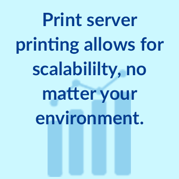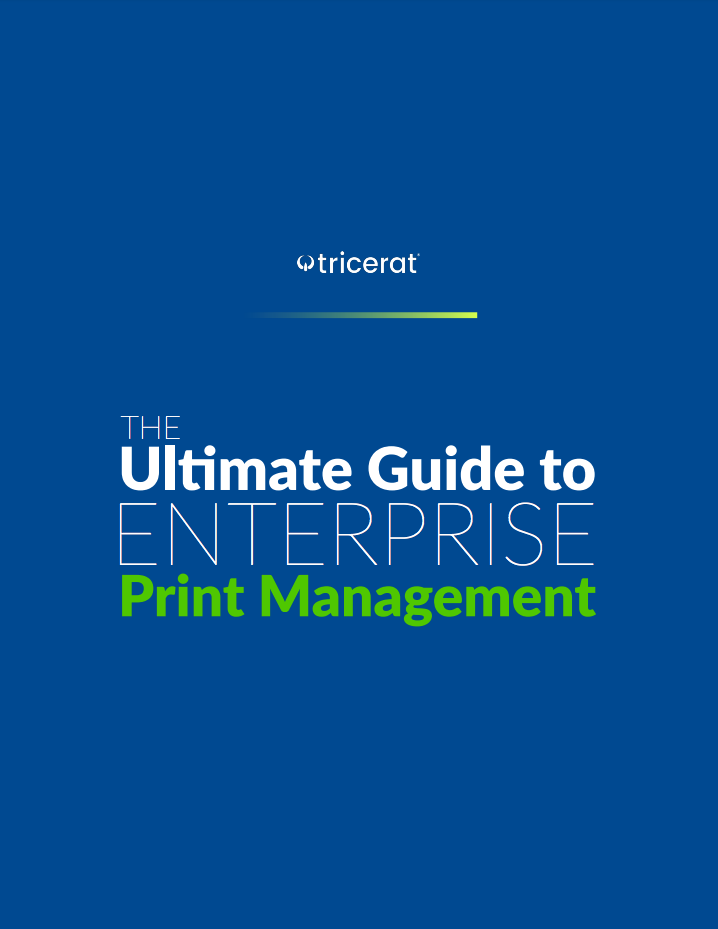Desktop-as-a-service (DaaS) and cloud deployments are exciting, cutting-edge technologies that are here today and continue to grow in prominence. According to a Gartner report, 80% of virtual desktops served to remote users will be DaaS by 2024. But the excitement of a new infrastructure or environment for your IT team can wear off quickly if core features and functions don’t work properly for end users. Printing is a common culprit that gives users and IT staff headaches, so it’s critically important to choose the right printing approach for your organization’s deployment. Three of the most common printing methods are printer redirection, print server printing, and direct IP printing. By understanding the benefits and considerations of each approach, you'll be equipped to make an informed decision that suits your DaaS/Cloud deployment.
 Printer redirection allows users to access local printers from a remote desktop or virtual environment. This method redirects print jobs from the remote session to printers connected to the user's local computer. This method is especially effective for organizations with remote and hybrid work models due to its “plug-and-play” nature. According to Forbes, 12.7% of full-time employees work from home, while 28.2% are hybrid, and these numbers are expected to continue growing. Printer redirection offers the following benefits:
Printer redirection allows users to access local printers from a remote desktop or virtual environment. This method redirects print jobs from the remote session to printers connected to the user's local computer. This method is especially effective for organizations with remote and hybrid work models due to its “plug-and-play” nature. According to Forbes, 12.7% of full-time employees work from home, while 28.2% are hybrid, and these numbers are expected to continue growing. Printer redirection offers the following benefits:

Print server printing involves the utilization of a dedicated print server within your DaaS/Cloud environment. Print jobs are sent to the server, which then processes and sends them to the appropriate printers. The benefits of print server printing include:
Print server printing may require additional hardware and software investments, as well as dedicated IT resources for ongoing maintenance and support. These are some of the reasons why your business should consider utilizing print management software if you choose print server printing.
Direct IP printing allows devices within a DaaS/Cloud environment to communicate directly with network printers using their IP addresses. This method bypasses the need for a print server. Key benefits of direct IP printing include:
Direct IP Printing may lack the centralized management capabilities provided by print servers, making it less suitable for organizations that require strict control over print policies and configurations, or businesses that have a large remote or hybrid workforce.
Choosing the right printing approach for your DaaS/Cloud deployment involves considering factors such as user requirements, organizational scale, and the level of centralized control desired. By understanding the unique benefits and considerations of each printing approach, you can align your printing strategy with your DaaS/Cloud deployment, ensuring efficient document management and collaboration within your organization. Remember, there is no one-size-fits-all solution, so take the time to evaluate your specific needs and leverage the power of printing technology to enhance your business operations.
To learn more about DaaS deployments and associated printing methods, download our Ultimate Guide to Navigating the DaaS and VDI Landscape.
